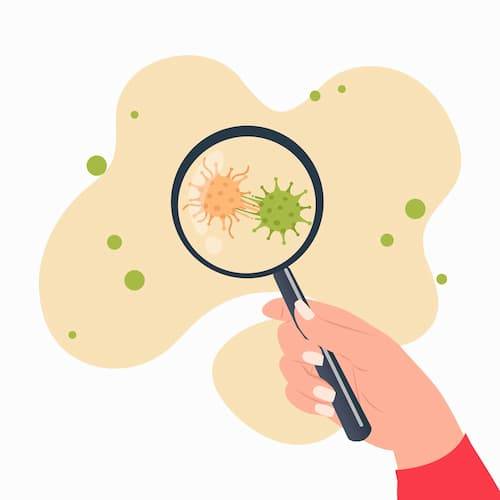

What’s In A Name?
Once upon a time, somewhere in the later half of the 17th century, humans discovered the first microorganism. And since then, we’ve been discovering a whole load of them. This brought up the need to accurately categorise them, leading to the development of a classification system known as the Binomial Nomenclature. This was the brainchild of Carl Linnaes, a Swedish biologist, who is now known as the father of modern taxonomy.
Why is this even important? For the same reason that names are important - to accurately distinguish between two entities, however similar they may be. This classification system has been designed in such a way that it allows newly discovered bacteria to be placed in a manner such that they most accurately resemble the other members of the same branch.
Have a look at the table below. On your left you’ll see the hierarchy of the Binomial Nomenclature and to its right is its comparative analogy. The lowest order of classification is the species which you may think of as the Eiffel Tower. Then comes Genus which corresponds to Paris. After that is the Family which is equivalent to France. Next comes Order which can be considered similar to Europe. The next level is the Class which corresponds to Earth. The second last is the Phylum which is equivalent to the Solar System. And finally the highest order of classification is the Kingdom which you may think of as the Milky Way. To the extreme right you can see how Escherichia coli compares with the Binomial Nomenclature and our analogy.
Binomial Nomenclature | Analogy | Example |
Kingdom | Milky Way | Bacteria |
Phylum | Solar System | Proteobacteria |
Class | Earth | Gammaproteobacteria |
Order | Europe | Enterobacteriales |
Family | France | Enterobacteriaceae |
Genus | Paris | Escherichia |
Species | Eiffel Tower | coli |
But this is not where it stops. There are instances when the same bacteria can exhibit different effects. How then would we distinguish between the two? Here’s when we start to further classify them based on their serotypes. Till date, nearly 700 different serotypes of Escherichia coli have been identified, some are beneficial and harmless, while others can cause serious infections.
There surely is a lot when it comes to names, at least in the microscopic world!
References
International Code of Nomenclature of Prokaryotes
Bacterial Nomenclature 101 And How To Describe A New Species

